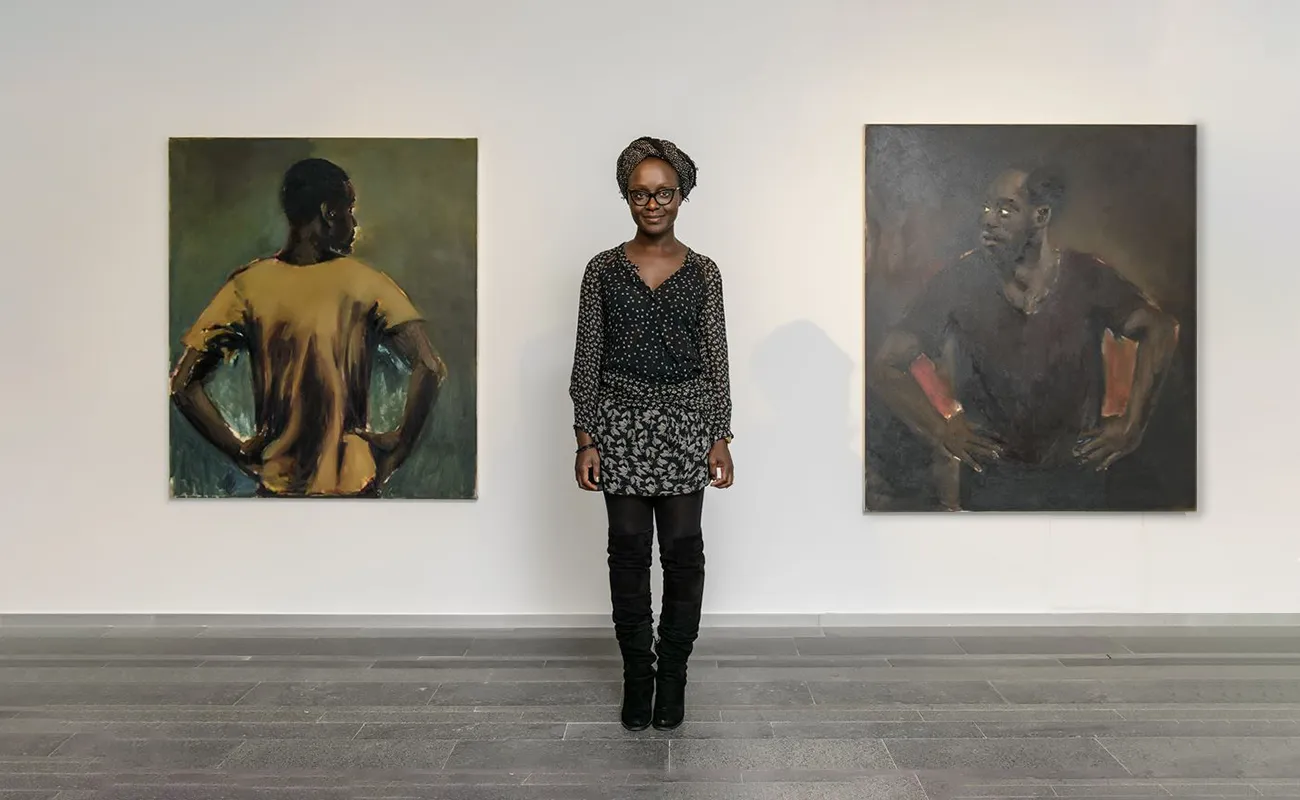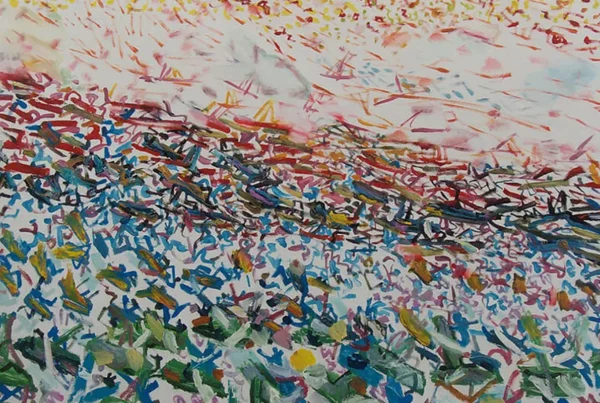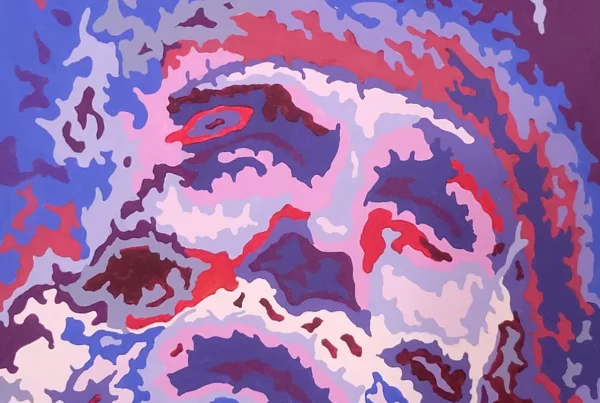From Optometry to Artistry: The Unexpected Shift
Lynette Yiadom-Boakye‘s journey into the world of art was marked by a significant shift from a career in optometry to one in painting, a change driven by her deepening interest in perception and expression. Initially attracted to optometry for its scientific focus on vision, Yiadom-Boakye found a more profound connection with the arts during her studies at Falmouth College of the Arts. Here, painting emerged not just as a method of creating visual images but as a potent language capable of exploring and expressing complex ideas. This epiphany redirected her path entirely towards the arts, setting the stage for a career that would come to challenge and redefine the boundaries of contemporary painting.
In her formative years, the artist’s academic experiences at prestigious institutions like Central Saint Martins and the Royal Academy Schools played crucial roles in shaping her artistic vision. These environments provided Yiadom-Boakye with foundational skills and critical perspectives that nurtured her developing talent. At Falmouth and later at the Royal Academy Schools, she engaged deeply with the medium of painting, focusing on its expressive possibilities rather than being constrained by external narratives. This focus on the intrinsic qualities of painting allowed her to develop a unique voice that speaks through subtleties and the rich textures of her work.

Lynette Yiadom-Boakye: Engaging with Black Identity
Lynette Yiadom-Boakye’s approach to painting is deeply intertwined with how she engages with themes of Black identity in her work. Rather than using her art as a platform for direct social commentary, the artist focuses on the process of painting itself and the ways it can interact with the subjects she portrays. Although the figures in her paintings are Black, Yiadom-Boakye emphasizes that the essence of her work lies in the act of painting and the viewer’s interaction with the artwork. This approach invites a multilayered interpretation, allowing the audience to bring their own perspectives and questions, thus engaging in a dialogue that transcends straightforward representation.
The complexity of Yiadom-Boakye’s work is further enriched by the sources of her inspiration, which include literature, found images, and personal memories. Each painting begins with a spark—an image fragment or a snippet of text—that evolves into the enigmatic figures that populate her canvases. These figures are not direct depictions of real individuals but are instead composite creations that exist beyond specific times or narratives. This method ensures that each character remains an open-ended question, a canvas for the viewer’s imagination, challenging them to explore the spaces between the seen and the unseen, the said and the unsaid in her art.

The Canvas as a Meeting Place for Diverse Inspirations
In the creative universe of Lynette Yiadom-Boakye, the act of painting serves as a confluence where varied streams of inspiration merge to form evocative and timeless portraits. The artist draws extensively from a rich tapestry of sources, including literature, historical photographs, and the ephemeral qualities of personal memories, which all converge in the formation of her subjects. Each piece begins with a fragment, be it a phrase from a novel or an image glimpsed briefly, which then germinates into the fully realized figures that inhabit her canvases. These figures are composites, not tied to any one time or place, which allows them to resonate on a universal level while still invoking a deep sense of intimacy and familiarity.
Yiadom-Boakye’s method of synthesizing these elements into her paintings is a testament to her mastery of the medium. Her characters emerge on the canvas as if they have always existed there, suspended in their own timeless narrative. This technique allows the viewer to engage in a dialogue with the artwork, where the lines between the personal and the universal blur, creating a deeply interactive experience. The openness of her figures challenges the audience to impose their own interpretations and fill the narrative voids, making each viewing experience unique and deeply personal.

Lynette Yiadom-Boakye: The Impact of Recognition
Recognition and accolades have been significant markers of Lynette Yiadom-Boakye’s career, spotlighting her unique voice in the international art scene. Her participation in prestigious events such as the Venice Biennale, where she represented Ghana in its inaugural pavilion, not only affirmed her status as a leading contemporary artist but also brought her perspectives on identity and representation to a broader audience. Winning awards like the Carnegie Prize has further cemented her influence and reach, providing her with platforms to inspire and engage with diverse communities across the globe. These accolades are not just personal triumphs but are reflective of the broader resonance and impact of her work.
Despite the external validation, Yiadom-Boakye remains steadfast in her commitment to the essence of her craft. The awards and recognition, while affirming, do not steer her creative process; rather, they encourage her to delve deeper into the explorative potential of painting. This focus ensures that her work remains true to her artistic vision, pushing the boundaries of the medium while exploring new territories in narrative and form. Her achievements not only highlight her individual talent but also contribute to the visibility and appreciation of themes that challenge conventional narratives within the art world, making her a pivotal figure in contemporary art.






